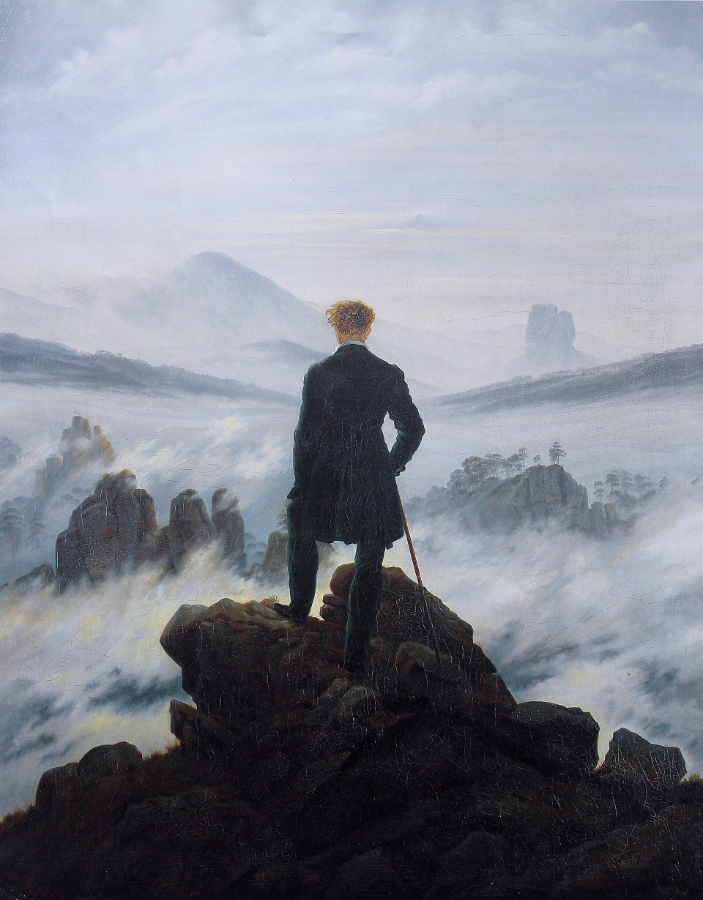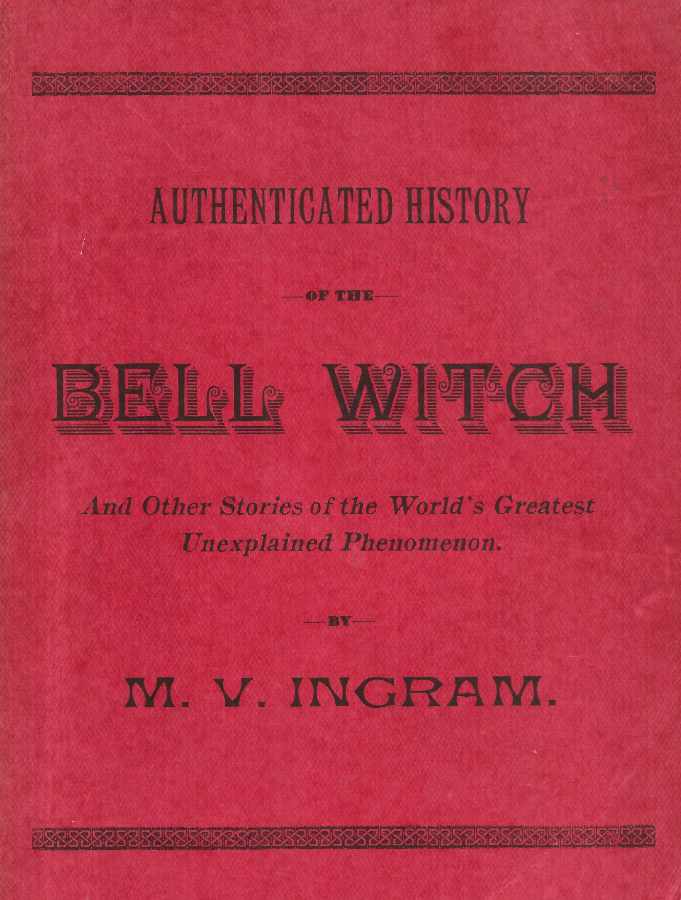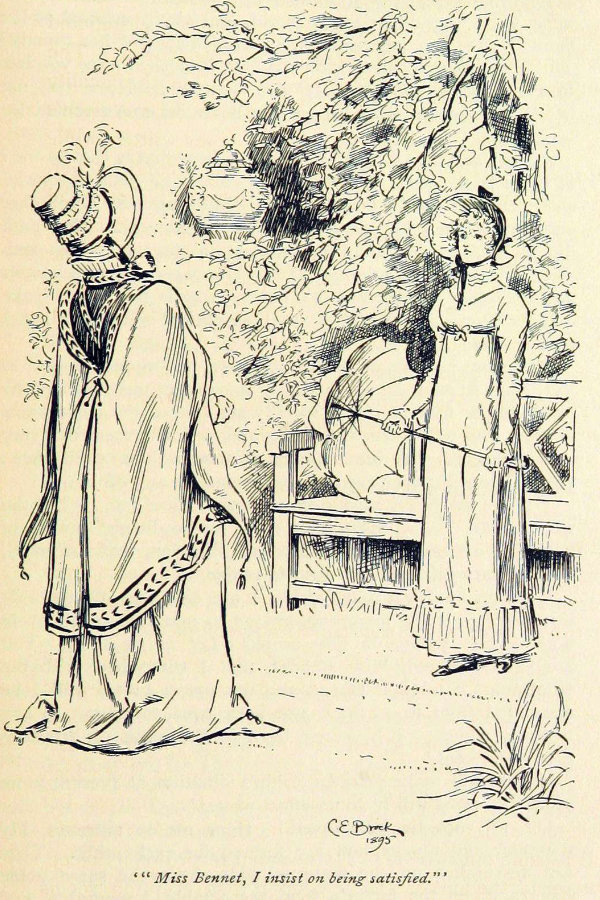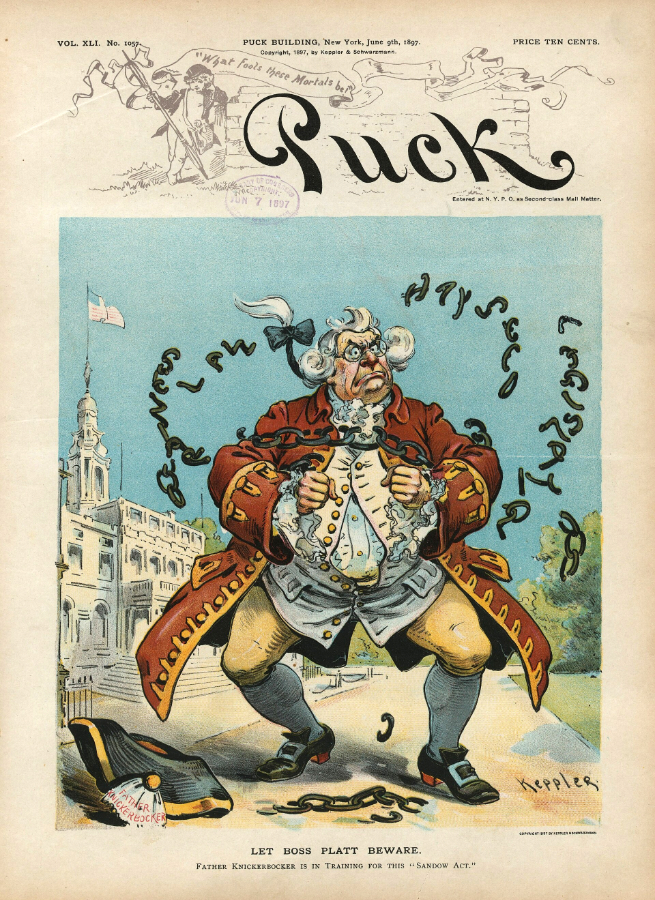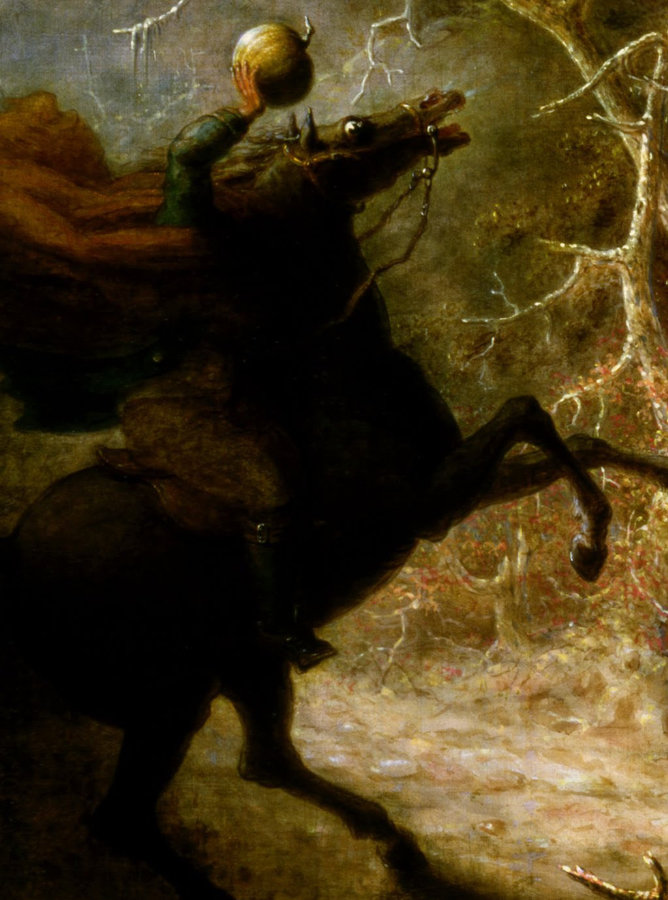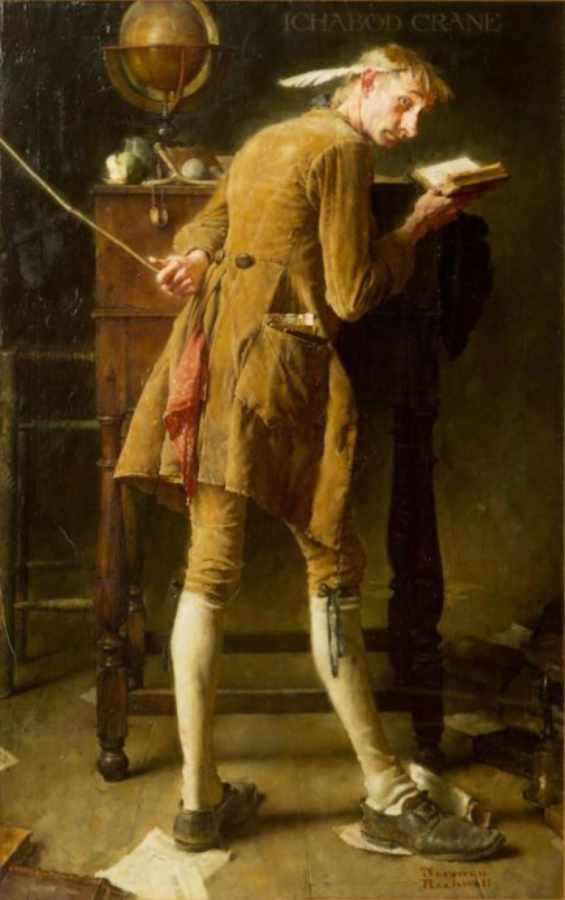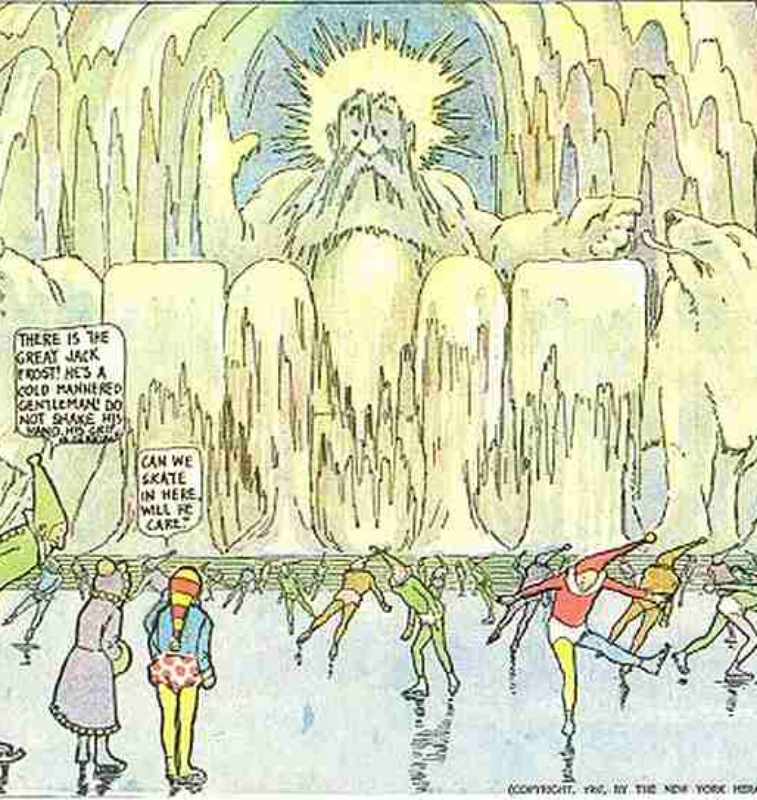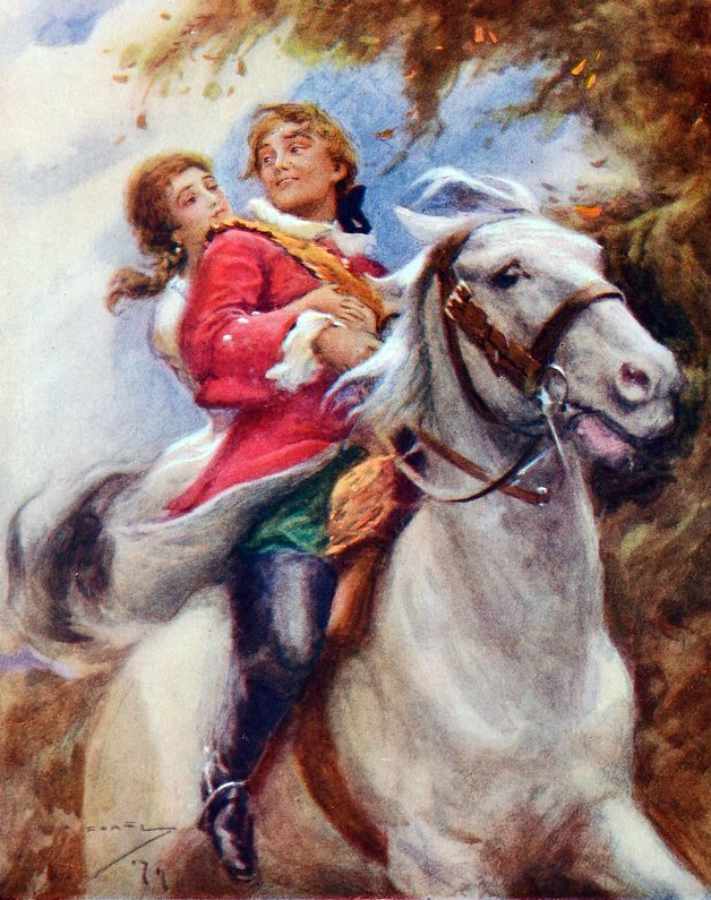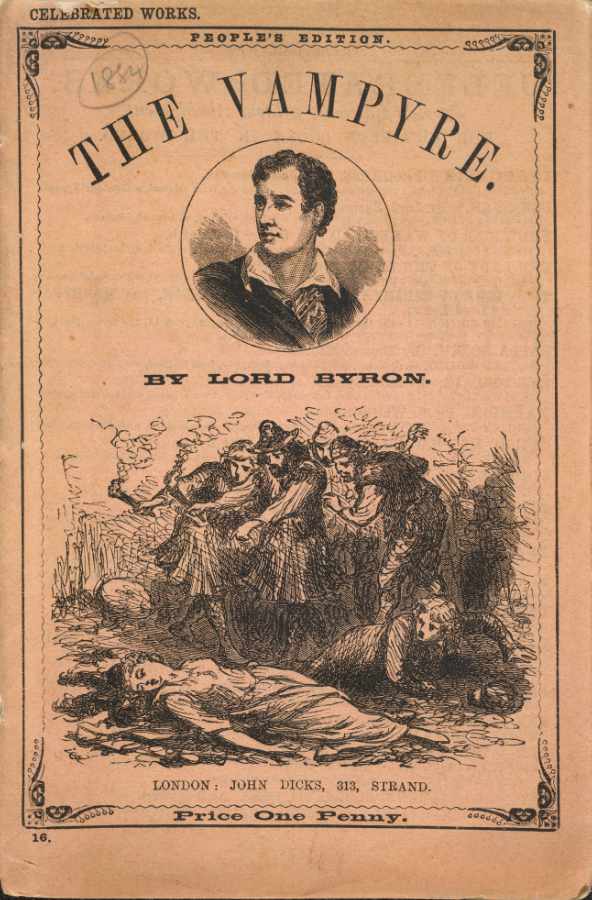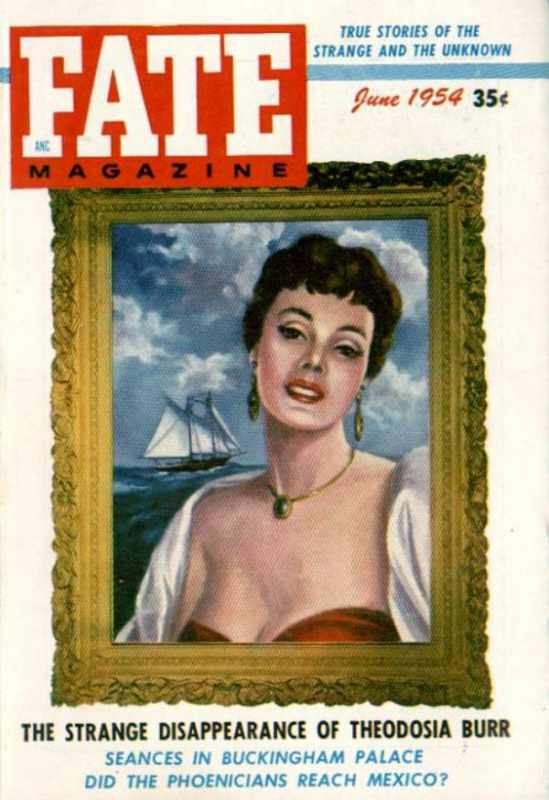| Era Romantic Age (1790 – 1830) |
| Alternative Names Romantic movement, First Industrial Revolution |
| Total Entries 19 |
| Articles Romanticism – Wikipedia Wanderer above the Sea of Fog – Wikipedia Industrial Revolution – Wikipedia |
| Description The beginning of the 19th century saw individualism in the face of the “sublime” emphasized in the poetry of Wordsworth, Coleridge, Keats, Lord Byron, and Percy Bysshe Shelley, who celebrated Nature and the natural world. Romanticism’s counterpoint was the first Industrial Revolution (1760 – 1840), which resulted in natural landscapes destroyed and people from rural areas displaced to urban centers. These changes manifested in horror fiction. One famous holiday taken together by Byron, Shelley, Mary Shelley, and Dr. Polidori on Lake Geneva produced The Vampyre and Frankenstein, in which we see the clash of science and primitivism.
Wanderer above the Sea of Fog is closely associated with Romanticism, a broad artistic and literary movement that emerged after the Age of Enlightenment. While the identity of the man is uncertain, some have suggested it is a self-portrait of the artist himself, pointing to similarities in appearance, such as the red hair, and for this reason the painting has been interpreted as an emblem of self-reflection or contemplation of life’s path. The landscape of Wanderer is considered to evoke the sublime, of greater mysteries and potential beyond the typical. Friedrich stated his ideas in regards to this, “The artist should paint not only what he has in front of him but also what he sees inside himself.” On mist, he wrote “When a region cloaks itself in mist, it appears larger and more sublime, elevating the imagination, and rousing the expectations like a veiled girl.” ~ Wanderer above the Sea of Fog – Wikipedia
|
